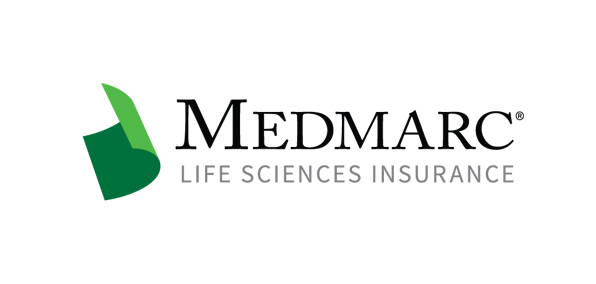Are You Remanufacturing or Servicing the Product?
On June 17, 2021, the FDA issued a draft guidance for remanufacturing medical devices. With this guidance, the FDA aims to distinguish between remanufacturing and servicing and to instruct the relevant parties about legal responsibilities associated with each. The legal responsibilities described in the draft guidance may be triggered for manufacturers, which includes original equipment manufacturers (OEMs) and remanufacturers, alike, as well as servicers and other third parties. However, the draft guidance should be of particular concern to businesses engaged in remanufacturing, as these entities may not be aware of some of the legal obligations that apply to this activity.
The FDA defines remanufacturing as “the processing, conditioning, renovating, repackaging, restoring, or any other act done to a finished device that significantly changes the finished device’s performance or safety specifications, or intended use” per 21 CFR 820.3(w). Servicing is defined in the guidance as “the repair and/or preventive or routine maintenance of one or more parts in a finished device, after distribution, for purposes of returning it to the safety and performance specifications established by the OEM…and to meet its original intended use.” This distinction becomes incredibly important due to the regulatory implications of remanufacturing. A medical device manufacturer, servicer, or OEM should be aware of new requirements such as Quality Systems Regulations (QSR) that are triggered upon remanufacturing. These requirements do not apply when simply servicing a medical device.
Note that a company may be partaking in both servicing and remanufacturing. It is essential to determine which service is being provided. To clarify this, the FDA has provided six guiding principles:
- Assess whether there is a change to the intended use,
- Determine whether the activities individually and cumulatively, significantly change the safety or performance specifications of a finished device,
- Evaluate whether any changes to a device require a new marketing submission,
- Assess component/part/material dimensional and performance specifications,
- Employ a risk-based approach, and
- Adequately document decision-making.
The guidance also provides direction regarding the labeling implications of remanufacturing for OEMs of medical devices that require routine maintenance. If a purchaser of equipment inadvertently remanufactures a device or part of a device, the OEM may potentially be liable, if they failed to provide adequate warnings and instructions to the user. The guidance provides suggestions for incorporating specific information into the product’s labels and instructions that may aid purchasers who wish to repair their devices.
The distinction between remanufacturing and servicing becomes salient due to the triggering effect of remanufacturing. Remanufacturing a device may create novel duties for the business, such as new marketing submissions, medical device reporting obligations if a reportable event occurs, new QSR compliance requirements, and registration and listing changes. For these reasons, it is important for manufacturers to accurately instruct purchasers regarding remanufacturing and servicing in order to comply with the correct regulations and requirements. Moreover, all parties associated with the remanufacturing or servicing process should be aware of the differences between these two processes.
Finally, it is important to note that regulatory compliance is essential to a manufacturer’s—or remanufacturer’s, as it were—products liability risk management strategy. A company that is noncompliant with FDA requirements can be difficult to defend in a products liability legal action. Accordingly, remanufacturers should take note of this new draft guidance not only to ensure regulatory compliance but also to ensure their defensibility in any products liability action that arises from their remanufacturing activities.
For additional resources contact the Marketing department
Phone: 888-633-6272
Medmarc is a member of ProAssurance Group, a family of specialty liability insurance companies. The product material is for informational purposes only. In the event any of the information presented conflicts with the terms and conditions of any policy of insurance offered from ProAssurance, its subsidiaries, and its affiliates, the terms and conditions of the actual policy will apply.
Copyright © 2026 - Medmarc
